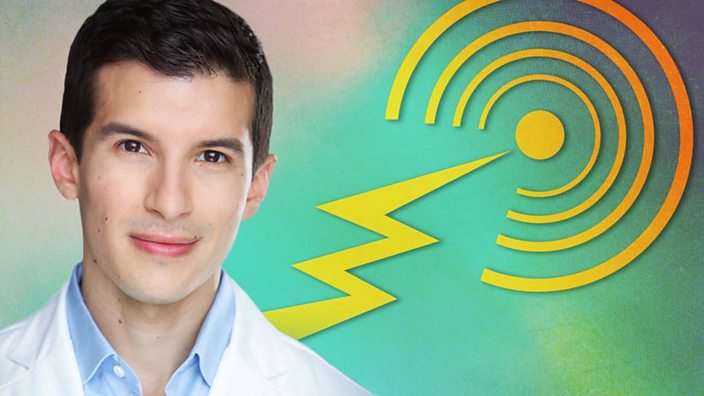

And researchers disagree about how exactly the condition should be defined, with some viewing it as a perceptual framework entirely distinct from normal perception, while others envision a continuum of synesthetic experience, with normal sensory perception at one end. Scientists offer differing theories of synesthesia's cause: Some argue that it represents an innate difference in neurophysiology, others that it is a result of associations learned at an early age. Simon Baron-Cohen, a psychologist, and his research group at Cambridge University in England, found that 1 out of 2,000 people reported synesthetic experiences. One newspaper and magazine survey, however, by Dr.

Even basic facts about synesthesia - its prevalence, for example - are still less than certain. Meanwhile, much more remains unknown about the comingling of the senses than is known.

In the current issue of The Journal of Neuropsychiatry and Clinical Neurosciences, for example, German researchers from the University of Hanover Medical School report electrophysiological findings from a group of synesthetic subjects.Īn understanding of synesthesia as a perceptual anomaly, researchers hope, may eventually help elucidate normal perception, or even shed light on consciousness itself. PET scanners, electrophysiological recording, DNA analysis and other techniques are increasingly being used. In the past 10 years, however, the arrival of imaging techniques and other new technologies for studying the brain at work has revived interest in synesthesia, capturing the interest of a small core of researchers in a variety of countries and disciplines. And the private nature of the perceptions made investigation difficult - there was no objective way to tell what, if anything, unusual was taking place. Those who experienced synesthesia rarely complained (''It's the most wonderful thing in the world!'' exclaimed one synesthetic woman). But until relatively recently, modern science largely ignored it. Synesthesia received a flurry of attention from artists and psychologists at the turn of the century. ''If it's a sinus headache, it's green,'' Ms.

It is an inward reality.'' A 21-year-old woman, participating in an continuing synesthesia study at the National Institute of Mental Health, told researchers that when she ate buttered toast, ''it is rough, but not pointy and if it has jelly on it the rough texture is rounded.'' And Carol Steen, a New York artist who, like most synesthetes, has had synesthetic experiences from an early age and who uses her perceptions in her work, says she distinguishes different types of headaches by their colors. This is not imagination, nor is it a psychic phenomenon. Thus, the composer Olivier Messiaen, speaking of the union of color and tone in his music, explained to an interviewer: ''When I hear music, I see inwardly, in the mind's eye, colors which move with the music. They have a rare condition called synesthesia, in which the customary boundaries between the senses appear to break down, sight mingling with sound, or taste with touch. Yet there are those for whom these basic rules of the sensorium do not seem to apply. Sight, sound, smell, taste and touch live in different neighborhoods and commute on separate freeways: A Beethoven symphony is not pink and azure the name Angela does not taste like creamed spinach. Most people, when not under the influence of hallucinogenic drugs, experience the sensory world as a place of orderly segregation.


 0 kommentar(er)
0 kommentar(er)
